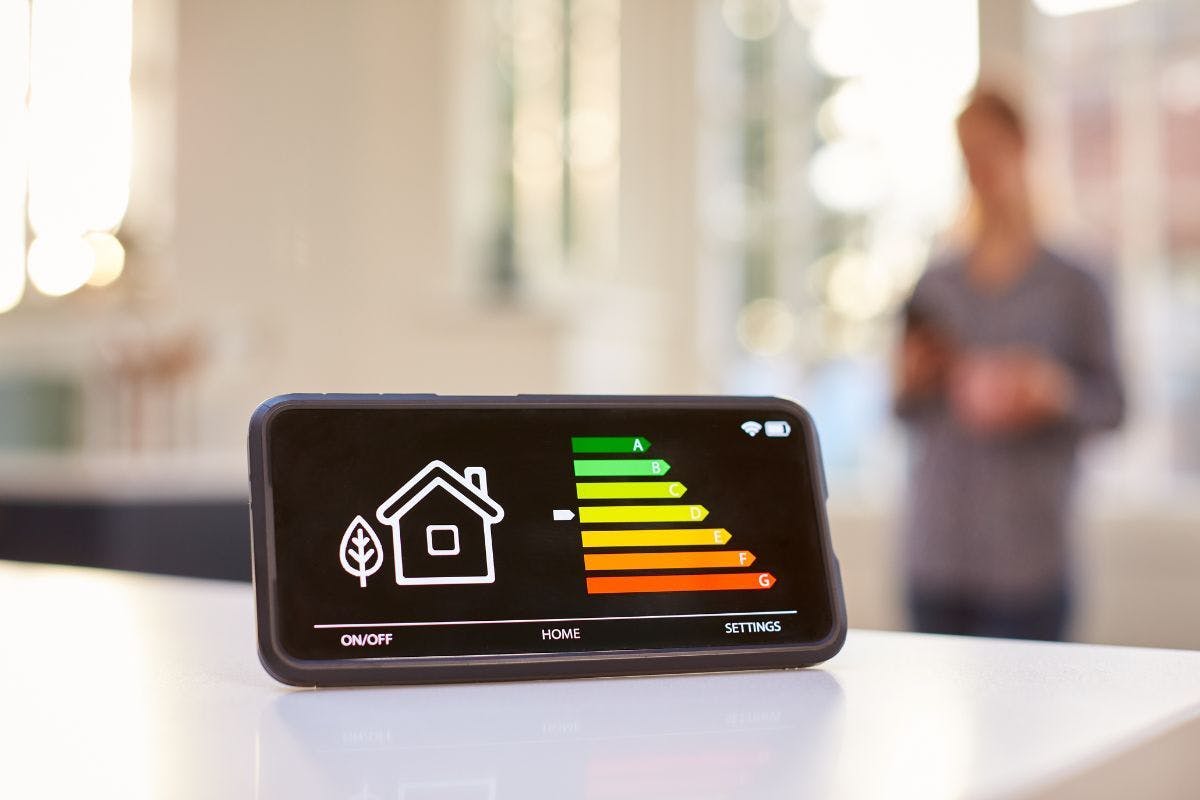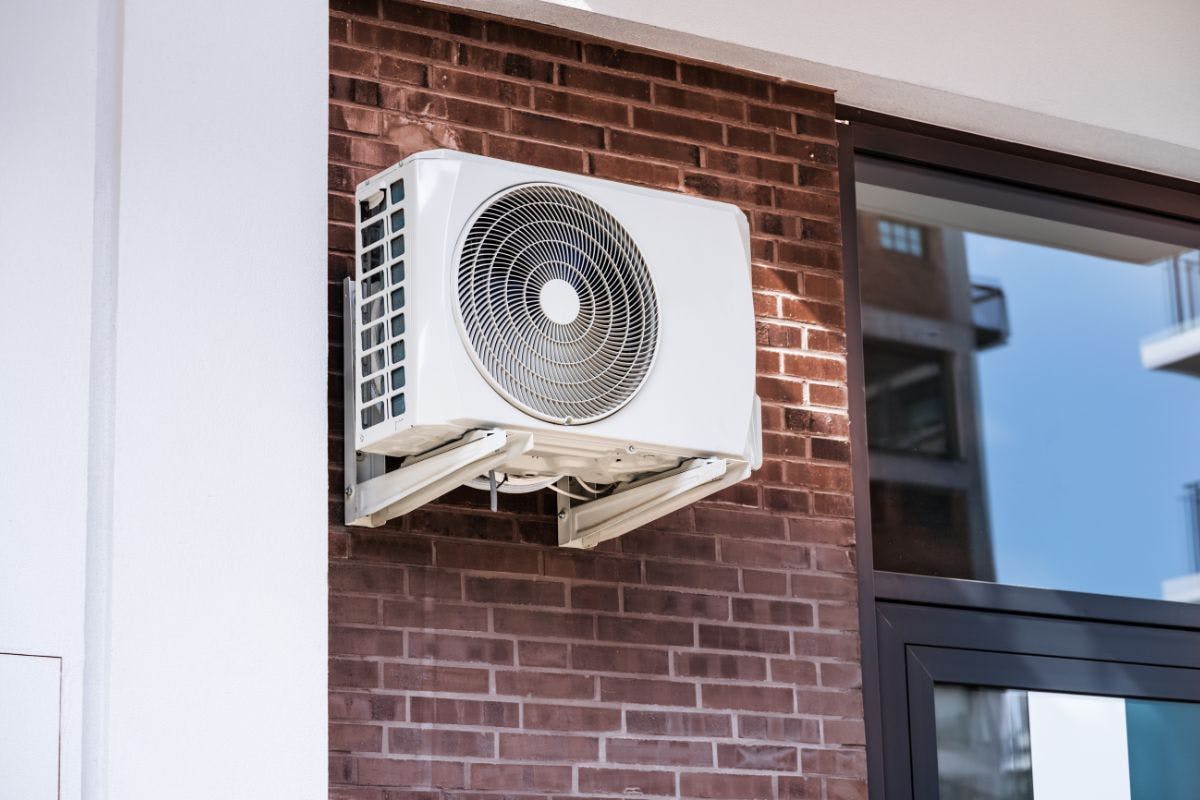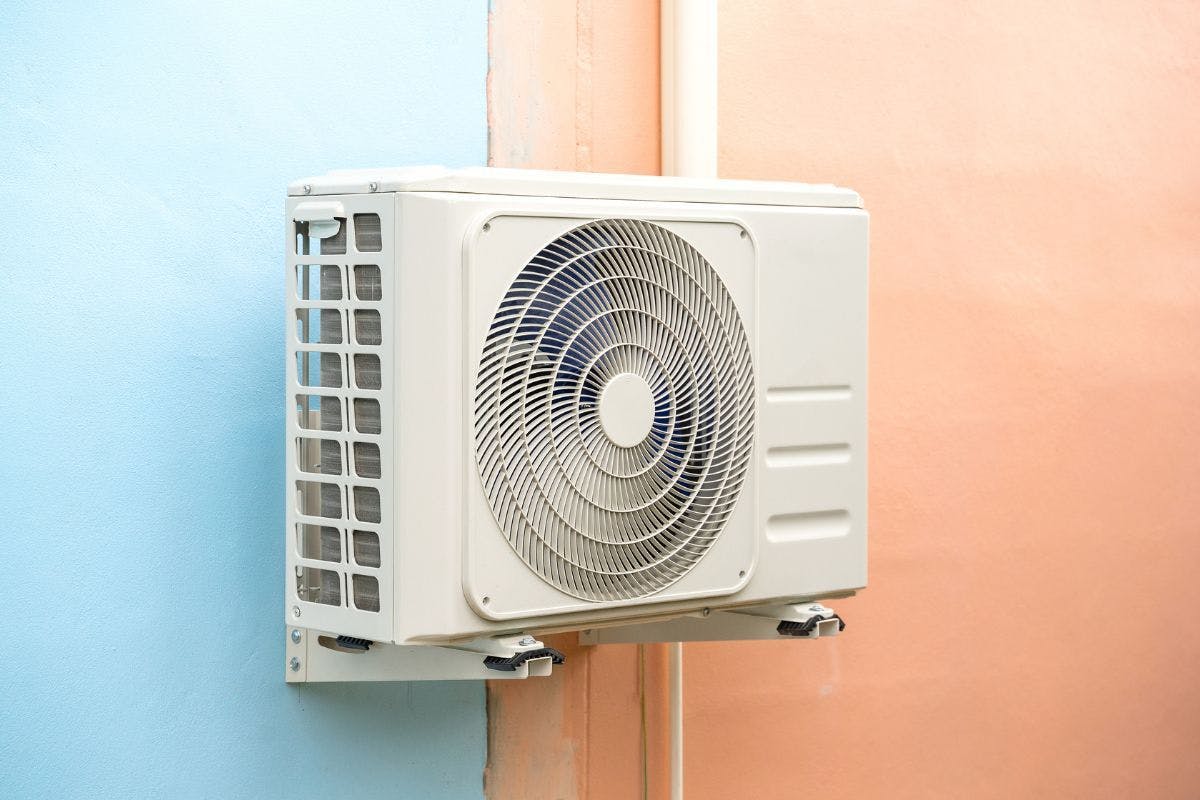How to Use Your Ceiling Fan to Stay Cool and Save
Actualizado

Autor
Andrew Giermak
Solar and Electrification Writer and Editor

Editor
Andrew Blok
Electrification and Solar Writer and Editor

Some energy-saving tips are simple, practical ideas. Others might not fit everyday life.
However, one very easy way to save energy and money might already be in your home: Flip a switch and turn on your ceiling fan. Ceiling fans can reduce your cooling cost in the summer, and you can even use ceiling fans to keep your home warmer in winter. Just remember these few tips.
See how much you can save with home energy changes
How Ceiling Fans Reduce Energy Used For Heating and Cooling
A ceiling fan can raise or lower how warm a room feels by about 4 degrees according to the US Department of Energy. This lets you set your thermostat about four degrees warmer in the summer or cooler in the winter.
The Florida Solar Energy Center found your home cooling energy use decreases 10-15% for each degree you raise your thermostat in the cooling season.
Which Direction Should a Ceiling Fan Spin in the Summer?
When you want to cool a room, run your ceiling fan counterclockwise. It’s how we normally use ceiling fans. Rotating counterclockwise, a ceiling fan pushes air down. This creates a wind chill effect on your body, making you feel cooler even as the room's actual temperature remains unchanged.

Which Direction Should a Ceiling Fan Spin in the Winter?
When you want a warmer room, change your ceiling fan to rotate clockwise. You'll usually find a switch on the fan's main body.
Now, the fan distributes warm air, which naturally rises, back down into the room, without creating a cooling breeze. Again, the actual temperature doesn't change. You're simply using the warmer air more effectively.

See how much you can save with home energy changes
How to Change Ceiling Fan Direction
Reversing a ceiling fan’s direction is simple, but there are safety steps. First, turn the fan off. It’s recommended to cut the power from your electrical panel.
Use a ladder or a stable stepstool to reach the main part or motor casing of the fan, find the switch or lever and flip it. Some fans now have remote or app control or a wall switch to reverse the direction.
Tips for Ceiling Fan Use in All Seasons
The US Energy Information Administration reported 52% of an average US home’s annual energy consumption in 2020 was for heating and cooling. Any way you reduce that big chunk of your energy bill makes a difference.
Since a fan changes only the condition near it, it’s a waste of energy to run it when no one’s in the room.
Clean the fan regularly. A fan can spread dust or pet hair and a dirty motor or blades lose efficiency.
Home solar panels can power your home, including for ceiling fans, and save you money. You may also stand to save with energy-efficient heating and cooling and other energy upgrades. To learn more and see an estimate of your savings, use our solar savings calculator.
See what home electrification can do for you:
Frequently Asked Questions
Does it save energy to use a ceiling fan with my heating or cooling?
Yes, even if you use ceiling fans, but still need AC in a Texas summer or heat in a Minnesota winter, you can save energy and money if it lets you adjust your thermostat setting. If you save 10-15% of energy use per degree on your thermostat, a 4-degree difference equals 40-60% less energy usage.
Are new ceiling fans more efficient than older models?
Yes, new ceiling fans often have improvements such as more efficient blade design and smart or remote controls which help performance and energy savings. For the best energy-efficient ceiling fans on the market, Energy Star-certified ceiling fans are about 44% more efficient than other ceiling fans.


